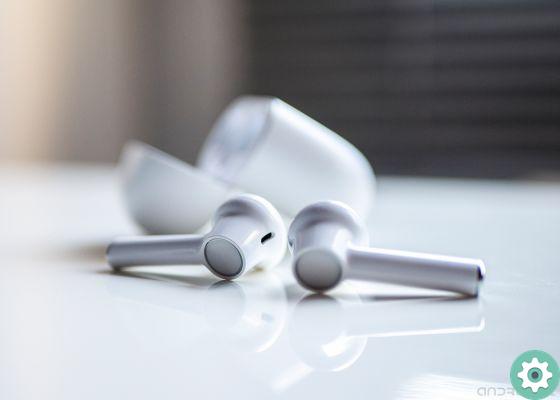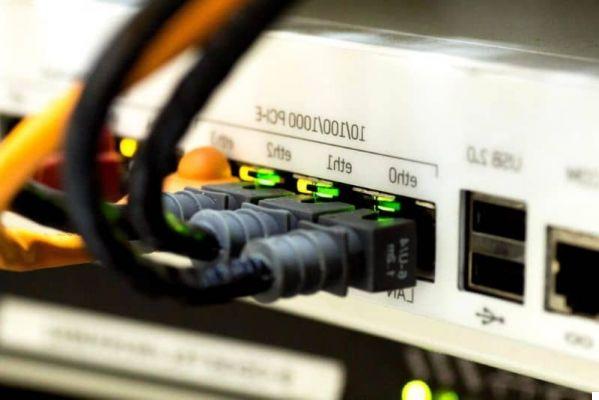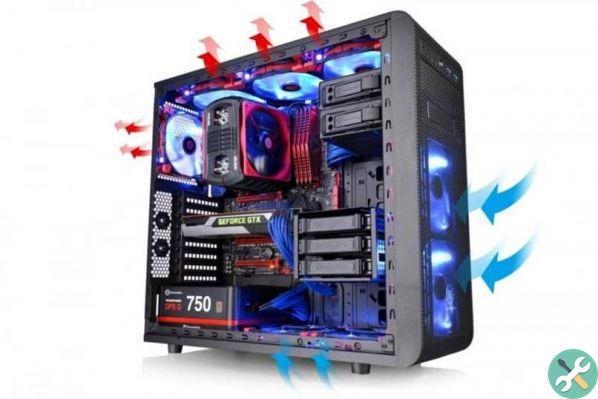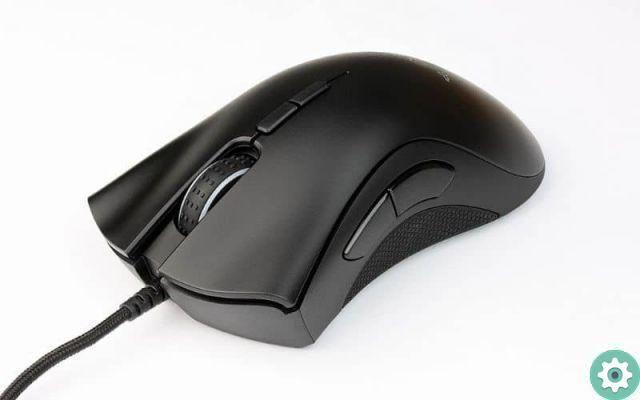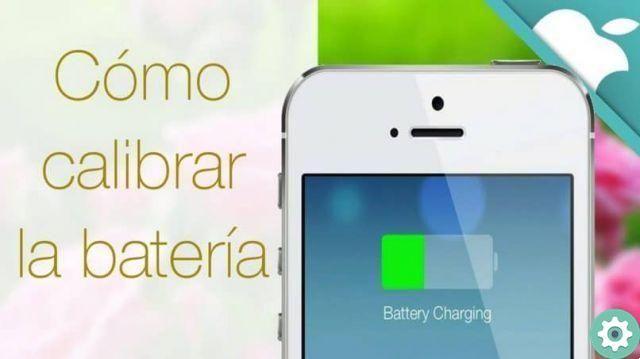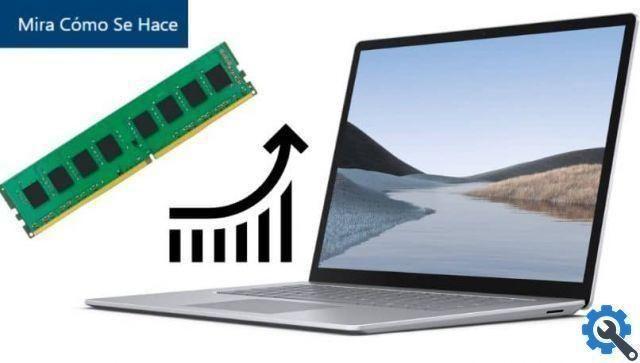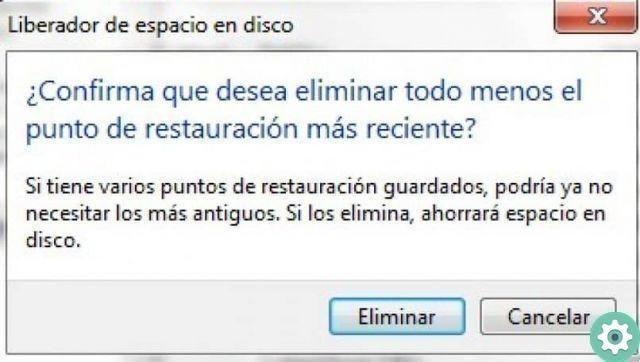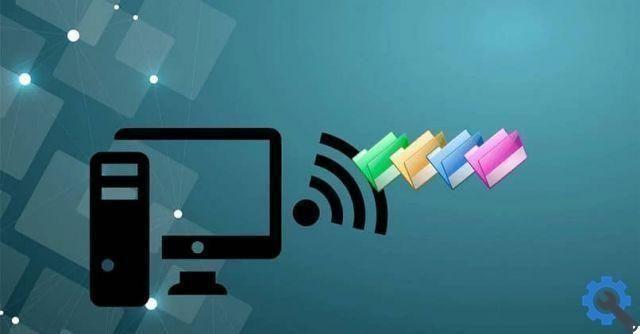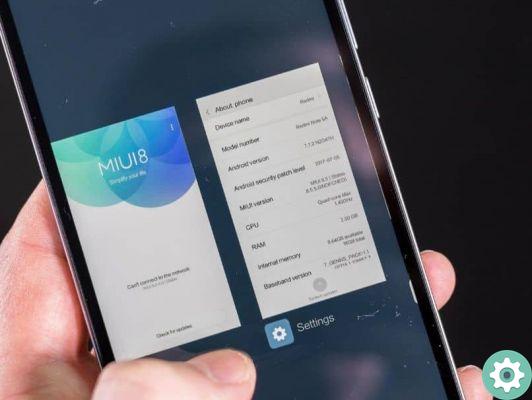The Windows operating system presents a list of programs, commands and options via the start button. It also allows the computer to enter sleep and hibernate states. If someone asks you, what is the difference between suspend and hibernate in Windows, would you reply with effective information?
This article will allow you to clear up any doubts about using two options offered by the start menu in order to preserve the state of our system and save energy without directly switching off the equipment.
In any case, if you don't use them, there is also the possibility to enable or disable the Hibernate and Suspend modes. Although the truth is that both can be very useful in some circumstances.
What is the difference between sleep and hibernate in Windows?
The start button is the one pressed most often by Windows users. Through it you can quickly access programs and folders. The Shutdown button also appears with options such as: restart, suspend and hibernate.
What is "suspend" in Windows?
"Sleep" is a process in which they come preserved the most up-to-date data in the system and the computer enters a state of minimal power consumption.
During this mode, the RAM remains operational and keeps all documents and windows open as they were prior to activating the hibernation. It is very useful if you want to keep your job and come back later.
What is "hibernation" in Windows?
«Hibernation» is a mode of saving energy that allows you to store the current state of the system. Therefore, a hibernation file is generated which takes up space on the hard drive. This mode does not produce additional power consumption and when we restart the system we can resume the session without any problem.
What is the difference between sleep and hibernate in Windows?" src="/images/posts/97e4a4c160d9c99a57dc29d93cee893d-0.jpg">
Note that you can create shortcuts to shut down, suspend or hibernate Windows 10. Something very useful if you need quick access to some of these settings.
Differences between suspend and hibernate in Windows
With suspension, the equipment consumes minimal energy as it starts operating at very low power. Conversely, during hibernation there is no additional energy consumption but hard disk space.
During hibernation, the computer saves the current state of the system in volatile memory, and when the computer restarts, the user can continue with their activities because folders and documents are open.
For its part, the mode of hibernation saves the current state of the system to the hard drive so specific in a file called hiberfil.sys. When you restart your computer, the RAM memory loads the data that was stored on the disk.
When hibernation is activated
If we activate hibernation mode, the system startup will be much faster than in hibernation mode. This occurs because the hard drive has to be unresponsive RAM while loading the hibernation file. Therefore, the hard drive speed sets the time for restarting the computer.
It is normal for hibernation to activate automatically when the computer is not in use, while hibernation must always be activated by the user.
This mode is used very constantly by laptops, in order to save battery life. However, it is also possible to turn off the laptop screen in Windows 10 without suspending, but it is something not recommended, as the mode is useful for extending the battery life.
Hibernation file
The hibernation file can occupy a lot of space on the hard drive, but this does not happen when the computer is suspended as this mode consumes only power. So, if your laptop is left in a "resting" state for a long time, it will lose all its power.
Make sure you have enough space on your hard drive so that the current system state can be stored in the file hiberfil.sys if you choose hibernation mode.
![<a name=]() What is the difference between sleep and hibernate in Windows?" src="/images/posts/97e4a4c160d9c99a57dc29d93cee893d-1.jpg">
What is the difference between sleep and hibernate in Windows?" src="/images/posts/97e4a4c160d9c99a57dc29d93cee893d-1.jpg">
As with hibernate mode, hibernation can reveal itself useful for portable devices. That said, it's always good to know the ways in which you can activate hibernation or suspend the laptop when you close the lid, as it is certainly very useful for saving battery.
After knowing the difference between suspend and hibernate which is better?
The best option will depend on the user's requirements and the specifics of the equipment, be it a desktop or laptop. You need to check battery operation and available hard drive space before choosing.
If you want to take a short break of up to half an hour, the suspension will be the best option for your team because you can keep it "Inactive" for a short period. On the other hand, if you still don't want to shut down your computer, but the inactivity will last for hours, the best option will be hibernation.




